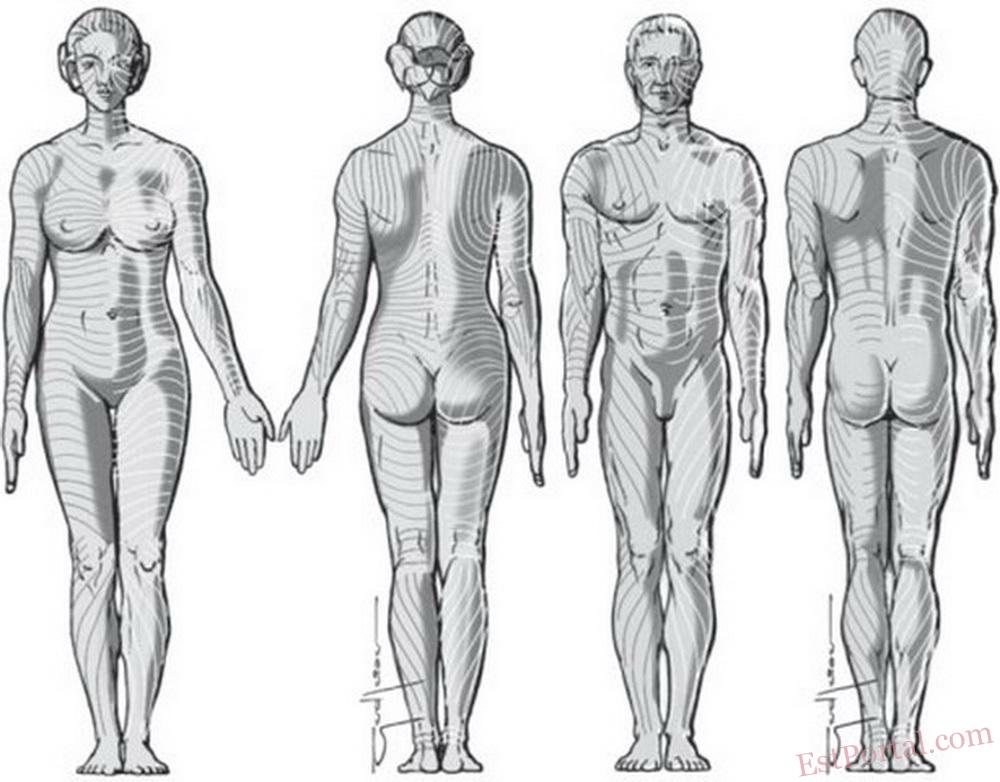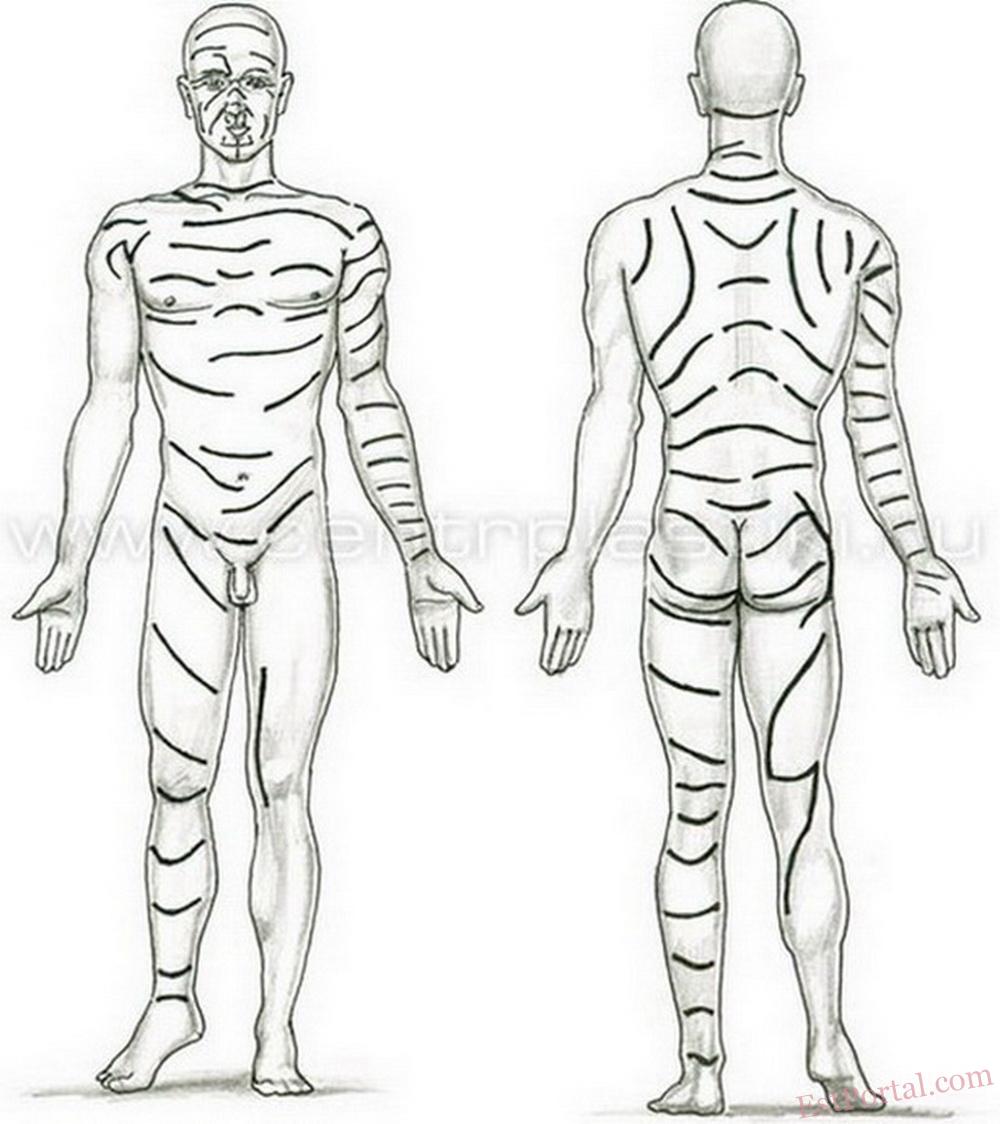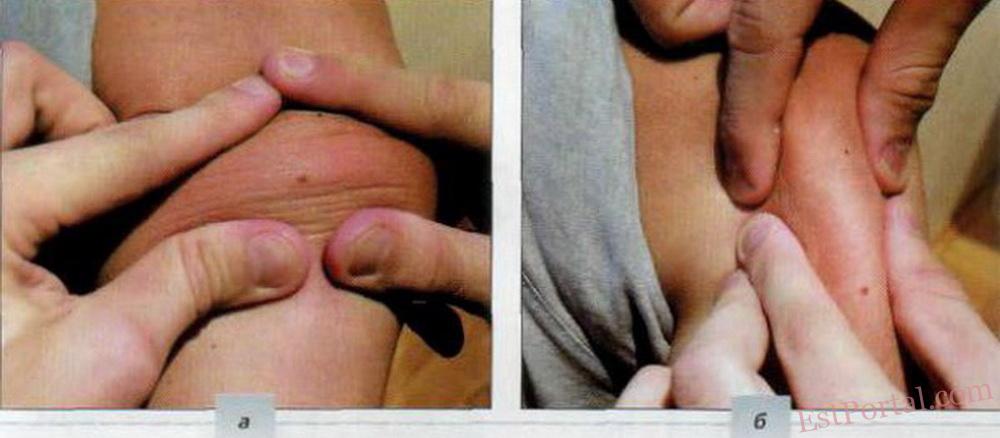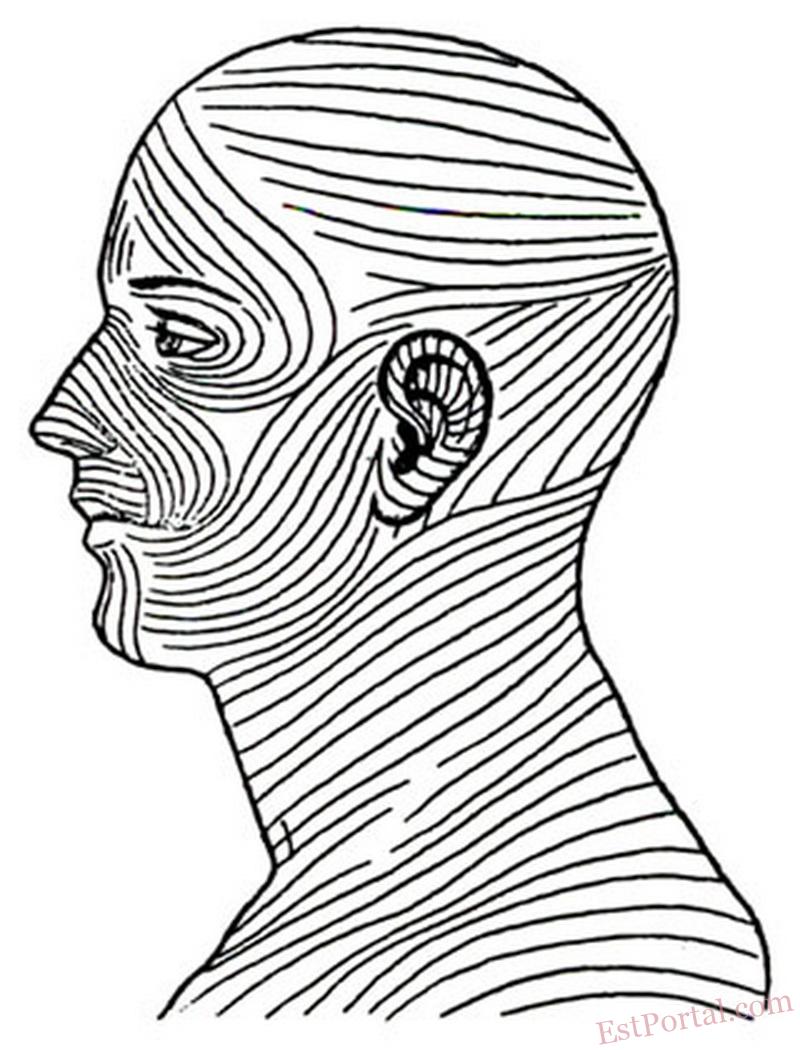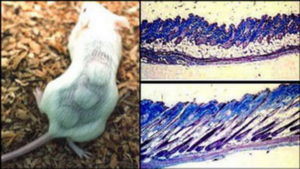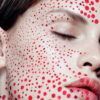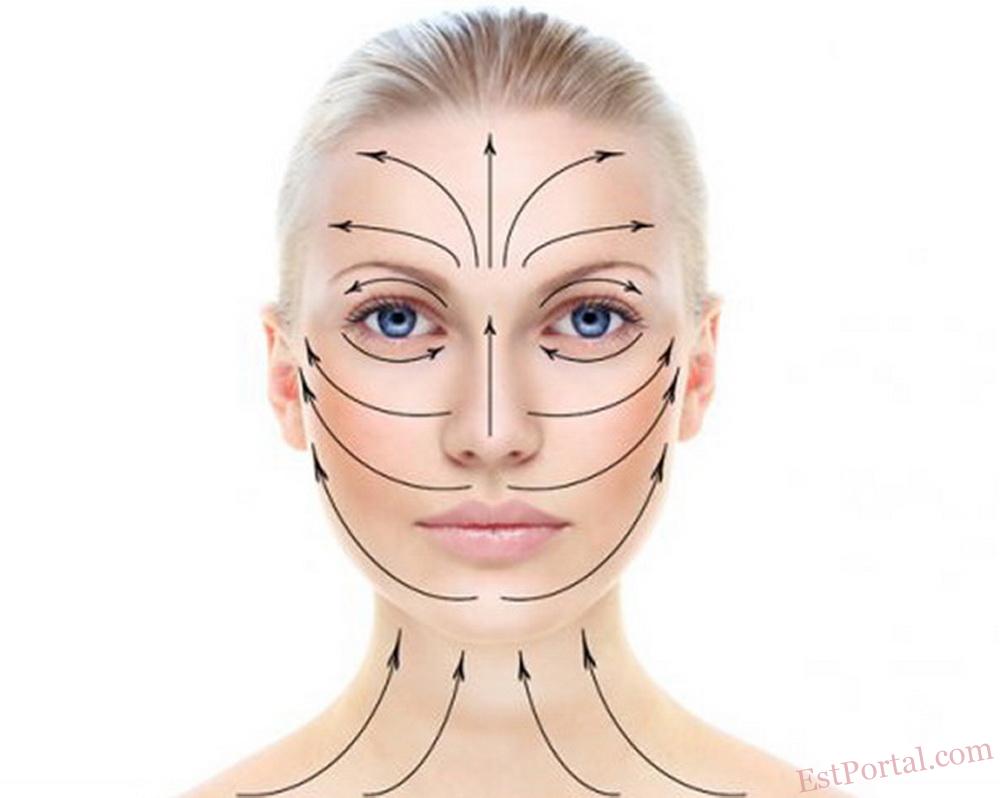
Langer’s Lines
Science has long been aware of the existence of a substance called collagen. It consists of protein fibers found in connective tissue, specifically in the intercellular matrix. Collagen provides elasticity and firmness to the fibers. This substance forms characteristic bundles. The Langer’s lines are oriented along these bundles.
History of discovery and subsequent research
In 1861, German anatomist Karl Langer published his work “On the Anatomy and Physiology of the Skin. On the Cleavability of the Cutis.” In it, he described the presence of conditionally drawn lines on the skin’s surface, along which it is most stretchable.
Langer studied the properties of the skin, such as its elasticity, and observed that the skin stretches more easily in some directions than in others. He associated this phenomenon with the arrangement of collagen bundles beneath the skin in those areas. The scientist concluded that in different parts of the body, elastic fibers have different orientations.
Along the Langer’s lines (cleavage lines), the skin’s tensile strength is significantly higher. The scientist established this experimentally using cadaveric skin. In modern times, researchers have tried to obtain more accurate data on this phenomenon by conducting experiments on animal skin. Naturally, animal skin differs greatly from human skin, so the findings obtained in this way left many questions unanswered.
Scientists from University College Dublin in Ireland, including Professor Aisling Ni Annaidh, attempted to gather more precise information. For their research, they used approximately fifty-six samples of human skin (taken from cadaveric material).
The findings of these studies confirmed Langer’s hypotheses, but the origin of this phenomenon remains an open question. It is likely a result of the forces acting during the skin’s attachment to the body, although it may also be an anatomically determined phenomenon. In other words, it is possible that the skin itself contains hidden structures that form Langer’s lines.
The main conclusion from all studies of this phenomenon is that the existence of Langer’s lines must be taken into account by specialists in many fields. From surgery to cosmetology — to achieve the most effective impact on the skin, it is essential to understand the orientation of Langer’s lines.
Langer’s lines on the face
To minimize postoperative consequences, including those after plastic surgeries, and to ensure more effective work of a cosmetologist, it is essential to know the exact location of Langer’s lines (cleavage lines) on the face.
These lines on the face are arranged as follows:
- From the chin to the earlobes.
- From the corners of the mouth to the middle of the ears.
- From the wings of the nose to the upper tips of the ears.
- From the bridge of the nose to the temples.
- On the nose: from the tip of the nose to the bridge along the ridge, and from the ridge to the wings.
- Upper eyelid: in a semicircle from the inner corner of the eye to the outer one.
- Lower eyelid: in a semicircle from the outer corner of the eye to the inner one.
- Forehead: from the middle of the forehead to the temples; from the eyebrow line vertically upward to the hairline.
- Neck: on the front surface, the fibers are directed from bottom to top, and on the sides — from top to bottom.
It’s not very difficult to remember the location of these lines, but they must be taken into account during facial cleansing, makeup removal, and even makeup application. These procedures should always follow the direction of Langer’s lines, avoiding skin stretching. Makeup on the nose should be applied from the wings upward to the base of the nose, and starting from the forehead — directed toward the temples.
The skin around the eyes is the thinnest, and it should never be stretched — neither when applying nor when removing makeup. It’s better to apply products with gentle tapping motions and remove makeup with circular massage movements. Applying cosmetic products along the skin tension lines helps maintain firmness. Proper care prevents the appearance of wrinkles.
Langer’s lines on the body and head
It is evident that collagen bundles are oriented in specific directions not only on the face but throughout the entire body. For better understanding, one should refer to the illustration.
Langer’s lines on the body are usually located along the natural folds of the skin, as they run perpendicular to the muscles to prevent collagen bundles from being damaged during muscle contraction. As we can see, Langer’s lines on the arms are arranged horizontally, parallel to each other. They also run down the center of the back and along the posterior surface of the legs. The lines run parallel to the ribs, curving around the pectoral muscles in the front and the shoulder blades in the back. On the buttocks, they extend from the center outward and upward. On the front surface of the thighs above the knees, the lines are positioned vertically. All these features are typically taken into account by surgeons during operations, as well as by massage therapists and cosmetologists.
When it is necessary to determine the location of Langer’s lines in areas without natural folds or wrinkles, you can do the following: pinch a section of skin between your fingers first lengthwise, then crosswise. If skin folds appear, it means that Langer’s lines are present there; if the surface remains smooth, that area does not correspond to the direction of the lines.
Langer’s lines are located not only on the face but also across the entire head. Their orientation is important to consider, for example, during hair transplantation.
In the upper half of the forehead, Langer’s lines run parallel to the hairline:
- At approximately the eye level, a horizontal line curves around the back of the skull.
- Between this line and the hairline, there are perpendicular lines that follow the curvature of the skull.
- Between this same horizontal line and the line dividing the hair growth area from the neck, there are similar perpendicular lines encircling the head.
For better understanding, refer to the illustration below.
Science has been aware of the existence of Langer’s lines for more than 150 years. This knowledge is actively applied by cosmetologists around the world and, of course, by surgeons. Taking this phenomenon into account allows for more effective work with the skin and helps slow down the appearance of wrinkles.
When the skin is treated without considering this factor, collagen bundles wear out more quickly. As a result, the skin loses its elasticity, ages faster, and wrinkles appear earlier. Knowledge of Langer’s lines is valuable for everyone in everyday life to care for the skin properly.
It is also important to remember that cosmetic products should be applied not only along the massage lines (Langer’s lines) but also at the right time. The skin has its own biorhythms, when it is best suited for cosmetic procedures. You can read more about the skin’s biorhythms on the pages of the Aesthetic Portal.
Anna BUNYAK


